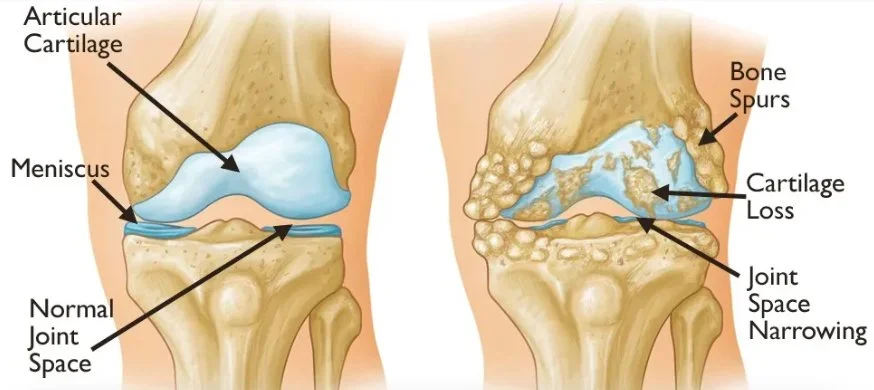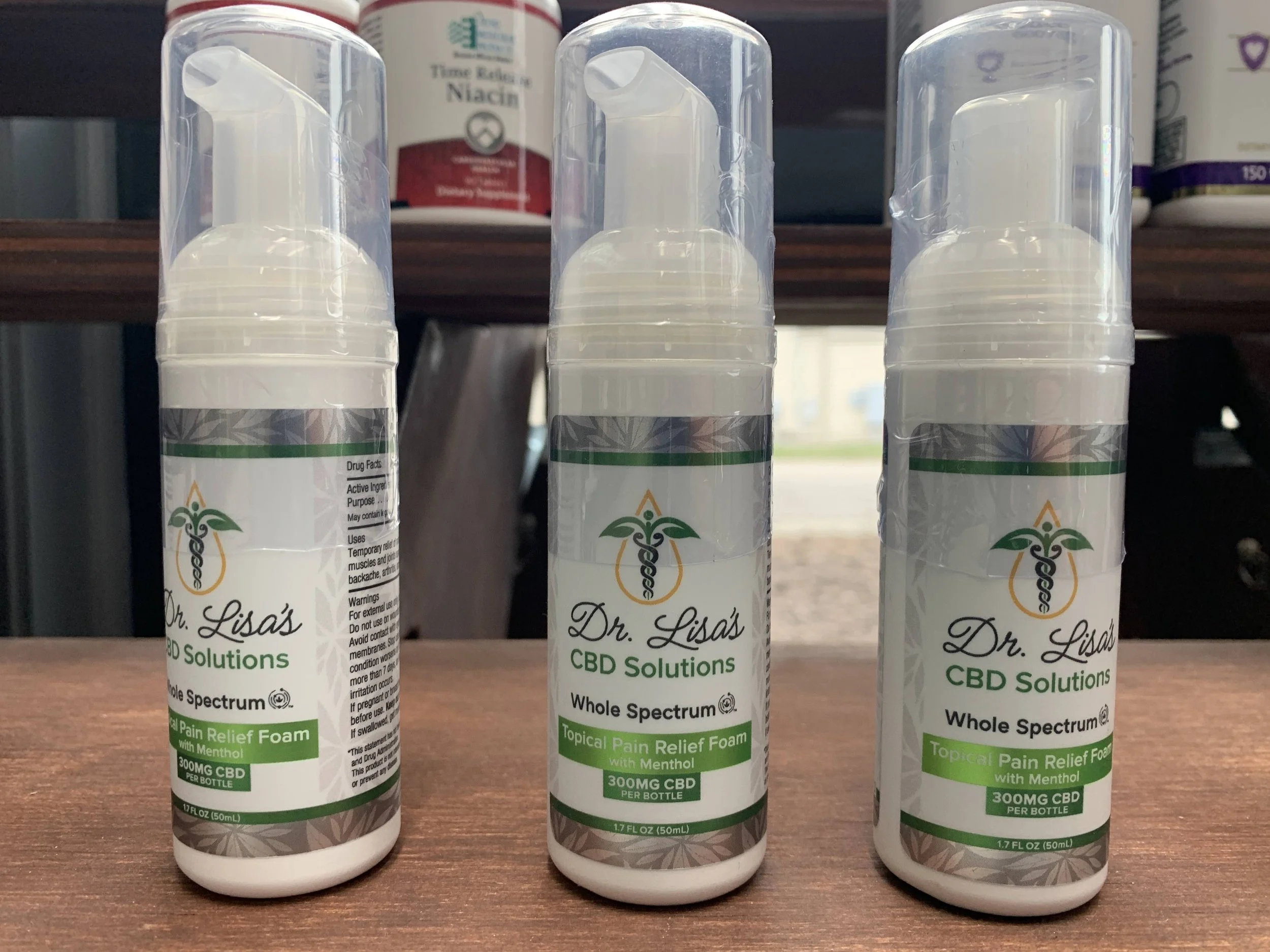Arthritis: What You Need To Know
Hi, thank you for coming back for the latest edition of Beyond Primary Care’s blog- Arthritis: What You Need To Know. In Beyond Primary Care blogs we highlight healthcare news, advice for medical conditions, and how membership for care works! Beyond Primary Care is an insurance free, membership based family medicine clinic. Beyond Primary Care is the highest rated Direct Primary Care clinic serving patients in Ann Arbor and throughout Washtenaw, Livingston, and Wayne counties giving families and employers peace of mind about healthcare costs by providing affordable and accessible primary care services.
In this blog post, we wanted to introduce our patients and prospective patients on osteoarthritis causes, symptoms, and treatment.
What is Arthritis
Arthritis is usually a chronic, progressive condition that signals that there is redness, stiffness, and swelling- all hallmarks of inflammation- of a joint. A joint is where two or more bones connect. There are numerous types of arthritis with their own unique symptoms and diagnosis. Arthritis can be the the result of factors such as:
Age: Advancing age is a significant risk factor for arthritis.
Obesity: Excess weight places added stress on the joints.
Genetic predisposition: Certain gene variants can increase the susceptibility to developing the condition.
Injury, or overuse of a joint: Joint injuries, repetitive stress on joints, or overuse of specific joints can contribute to the development of arthritis.
In this article, we are going to focus on discussing osteoarthritis- also called degenerative joint disease- which is the most common type of arthritis. Osteoarthritis is typically thought of as a ‘wear-and-tear’ condition that predominately affects the weight-bearing joints of the knee, hip, and spine (neck, mid-back, low-back). Osteoarthritis can also affect non-traditional joints, such as the finger joints, and base of the thumb.
Causes of Arthritis
In Osteoarthritis, the cartilage in a joint gradually wears away. As the cartilage wears away, it becomes ragged and rough, and the protective space between the bones decreases. This can result in bone rubbing on bone.
Arthritis Symptoms
Every person’s symptoms may vary. Generally, the discomfort develops over time though a sudden onset (a flair) is also possible. The symptoms may include:
Redness, stiffness, and swelling- all hallmarks of inflammation- of a joint. This makes a joint difficult to bend.
Pain may be worse in the morning, or after resting due to inactivity.
Loose fragments of cartilage or other tissues can interfere with smooth motion of joints. This may create a creak, click, snap, or grinding noise in the joint.
Weakness in the muscles around the joint caused by lack of use.
Many people with arthritis note increased joint pain with changes in the weather.
Deformity (non-natural appearance) of a joint.
Arthritis Treatment
There is no cure for arthritis but there are a multitude of treatments that may help relieve the discomfort. The goal of treatment is to limit episodes of pain and inflammation, and help promote long-term joint function.
Lifestyle Changes
Regular physical activity has been shown time and time again to offer benefits for individuals with arthritis. Low-impact exercises such as walking, swimming, and cycling can easily be incorporated to provide movement for pain relief and joint health. Range-of-motion exercises such as yoga and tai chi help maintain flexibility and prevent stiffness. Strength training exercising through resistance bands, light weights, and body weight exercises can provide strength to increase support and stability.
Weight Control
Maintaining a healthy weight can help minimize joint stress. Losing weight can help reduce inflammation, increase joint function, and improve overall health. Struggle with weight loss? Consider a tailored approach with weight loss medications.
Non-Medication Remedies
Cold therapy, also known as cryotherapy, with ice bags or liquid gel packs, is commonly used to treat acute arthritis symptoms. Cold helps to constrict blood vessels and decrease blood flow to the affect area reducing swelling and inflammation. Additionally, the cold may provide a numbing affect on the nerves providing temporary relief.
Supplements- Magnesium
Magnesium is involved in bone and joint health. Foods like spinach, almonds, and legumes are good sources of magnesium.
Supplements- Calcium
While calcium is often associated with bone health, its role in joint health, particularly in relation to osteoarthritis, is significant. Adequate calcium intake helps maintain the strength and integrity of bones and cartilage.
Supplements- Vitamin D
Calcium absorption is dependent on vitamin D, which helps the body utilize and absorb calcium efficiently. Vitamin D deficiency can hinder calcium absorption and contribute to bone and joint health issues. It is crucial to ensure an adequate intake of both calcium and vitamin D for optimal joint health.
Supplements- Turmeric
Turmeric is the spice that gives curry its yellow color. Curcumin is the main active ingredient in turmeric. Turmeric is considered a safe, nontoxic, and effective alternative for many conventional drugs due to its distinguished therapeutic properties and multiple effects on various systems of the body. It exerts potent anti-inflammatory and anti-oxidant effects. Turmeric is also used as a remedy for various conditions including coughs, diabetes, dermatological conditions, respiratory problems, heart problems, arthritis, and IBS.
Supplements- CBD
CBDs works by interacting with the body’s endocannabinoid system, a network of receptors found through out the body that control some of our most vital functions to help us perform and feel our best. CBD can be taken orally, as a tablet, chewable, or tincture. CBD can also be incorporated into solutions such as foams and topically administered.
Thank you for reading
If you’re concerned about any of the above symptoms and would like an evaluation, consider making an appointment with Dr. Jeff O’Boyle at Beyond Primary Care. Please see our scheduling link.


